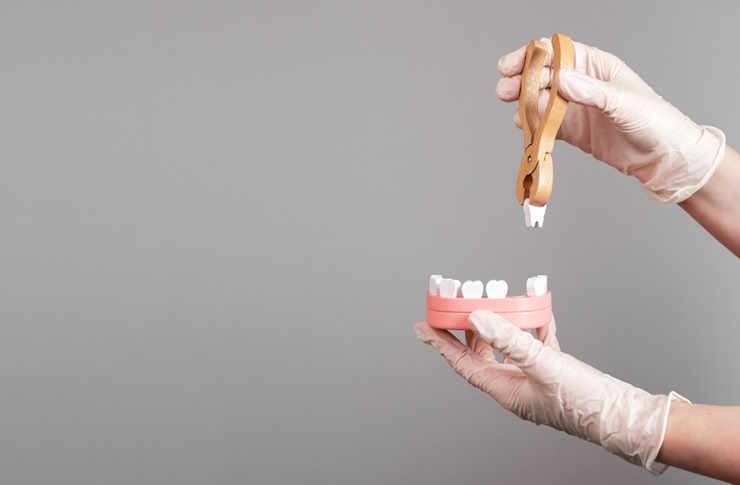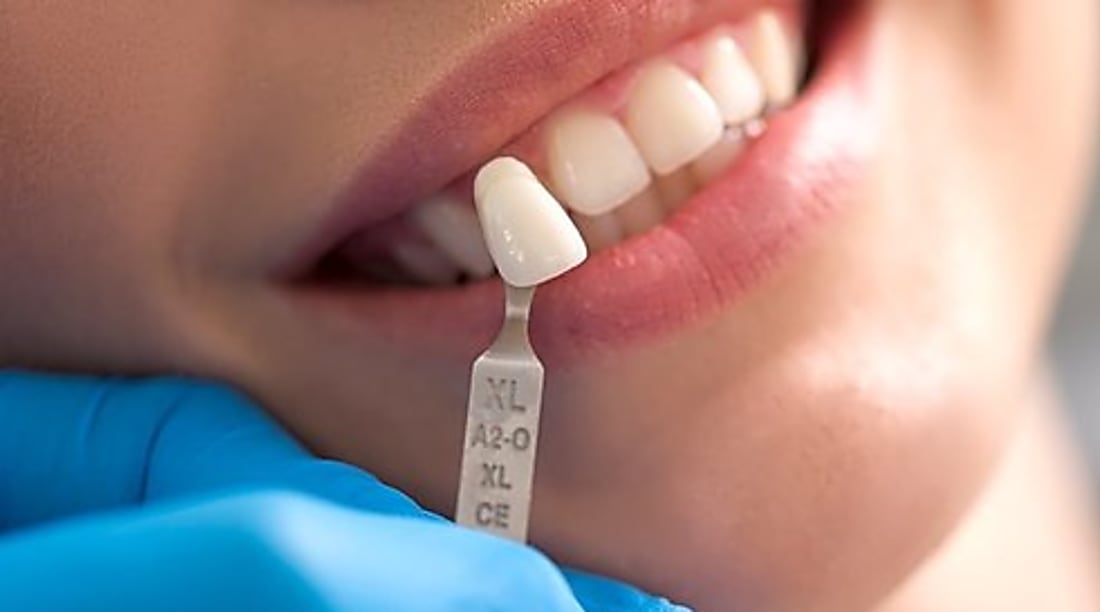A New Era in Dental Implants: Introducing Screwless Solutions
Thinking about dental implants but curious about newer options? Explore screwless implant solutions — a contemporary approach to tooth restoration aiming for comfort, fewer visits, and streamlined steps. Learn how it works and whether it could fit your needs.

Dental implants have transformed the way missing teeth are replaced, offering a durable and natural-looking solution for millions of people. Traditional implants typically rely on screws to secure the prosthetic crown to the implant fixture, but recent innovations have introduced screwless alternatives that eliminate this component. These newer systems use different retention mechanisms, such as cement bonding or friction-fit connections, to attach the restoration directly to the implant. Understanding how screwless implants function and their potential advantages can help patients make informed decisions about their dental care.
What Are Screwless Dental Implants?
Screwless dental implants represent a category of implant systems that do not use a screw to connect the crown or prosthetic tooth to the underlying implant post. Instead, these systems rely on cementation or other mechanical retention methods to hold the restoration in place. The implant itself is still surgically placed into the jawbone, where it integrates with the bone tissue through a process called osseointegration. Once healing is complete, the custom-made crown is attached using dental cement rather than a screw mechanism. This design simplifies the restoration process and can reduce the number of components involved in the final prosthesis.
Why Are Screwless Implants Becoming a Popular Choice?
Several factors contribute to the growing interest in screwless implant systems among both dental professionals and patients. One primary advantage is the elimination of the screw access hole, which in traditional implants must be covered with a filling material on the biting surface of the crown. This can sometimes affect the aesthetics of the restoration, particularly in visible areas. Screwless designs allow for uninterrupted porcelain coverage, potentially resulting in a more natural appearance. Additionally, some practitioners find that cemented restorations can be easier to fabricate and place, particularly in cases with challenging angulations. The absence of screws may also reduce the risk of mechanical complications such as screw loosening or fracture, though this benefit varies depending on the specific clinical situation.
How Do Screwless Implants Work?
The process of receiving screwless dental implants follows a similar timeline to traditional implant treatment. First, a dental professional evaluates the patient’s oral health, bone density, and anatomical considerations through clinical examination and imaging studies. If the patient is a suitable candidate, the implant fixture is surgically placed into the jawbone during a minor procedure. Over the following months, the implant integrates with the surrounding bone tissue. Once osseointegration is complete, an abutment is attached to the implant. This abutment serves as the foundation for the final restoration. The custom crown is then cemented onto the abutment using dental adhesive, creating a secure bond without the need for a retaining screw. The cementation technique requires precise fit and proper isolation to ensure long-term stability.
Are Screwless Implants Suitable for Everyone?
While screwless implants offer certain advantages, they may not be the ideal choice for every patient or clinical scenario. The suitability of this approach depends on multiple factors, including the location of the missing tooth, bone quality, occlusal forces, and the patient’s overall oral health. One consideration is that cemented restorations can be more difficult to remove if adjustments or repairs become necessary in the future. In contrast, screw-retained crowns can be unscrewed and removed without damaging the restoration. Patients with a history of peri-implantitis or those requiring frequent maintenance may benefit more from retrievable screw-retained designs. Additionally, certain anatomical situations may favor one retention method over another. A thorough consultation with a qualified dental professional is essential to determine the most appropriate implant system for individual needs.
Comparing Screwless Dental Implants Prices
The cost of dental implant treatment varies significantly based on geographic location, the complexity of the case, the materials used, and the expertise of the dental provider. Screwless implant systems may have different pricing structures compared to traditional screw-retained implants, though the overall investment often falls within a similar range. Understanding typical cost considerations can help patients budget for this restorative procedure.
| Implant Type | Provider Example | Estimated Cost Range |
|---|---|---|
| Single Screwless Implant | General Dental Practice | $3,000 - $5,000 |
| Single Screw-Retained Implant | General Dental Practice | $3,000 - $4,800 |
| Screwless Implant (Specialist) | Prosthodontist or Periodontist | $4,000 - $6,500 |
| Multiple Screwless Implants | Specialty Implant Center | $8,000 - $15,000+ |
Prices, rates, or cost estimates mentioned in this article are based on the latest available information but may change over time. Independent research is advised before making financial decisions.
These estimates typically include the surgical placement of the implant, the abutment, and the final crown restoration. Additional procedures such as bone grafting, sinus lifts, or extractions may increase the total investment. Many dental practices offer financing options or payment plans to make implant treatment more accessible. Patients should request detailed treatment plans and cost breakdowns from their providers to understand exactly what is included in the quoted price.
Maintaining Your Screwless Implants
Regardless of the retention method used, proper care and maintenance are crucial for the long-term success of dental implants. Screwless implants require the same diligent oral hygiene practices as traditional implants, including regular brushing, flossing, and professional cleanings. Patients should use soft-bristled toothbrushes and non-abrasive toothpaste to avoid damaging the restoration or surrounding gum tissue. Interdental brushes or water flossers can help clean around the implant and beneath the gum line. Routine dental examinations allow professionals to monitor the health of the implant, check for signs of inflammation or bone loss, and ensure the cemented restoration remains securely attached. Avoiding excessive force on the implant, such as chewing hard objects or grinding teeth, can also extend the lifespan of the restoration.
Screwless dental implants represent an important advancement in restorative dentistry, offering aesthetic and functional benefits for appropriate candidates. By understanding the mechanics, advantages, and considerations associated with this technology, patients can engage in meaningful discussions with their dental providers about the best tooth replacement options for their unique situations. As with any medical procedure, thorough evaluation and professional guidance remain essential components of successful treatment outcomes.
This article is for informational purposes only and should not be considered medical advice. Please consult a qualified healthcare professional for personalized guidance and treatment.




